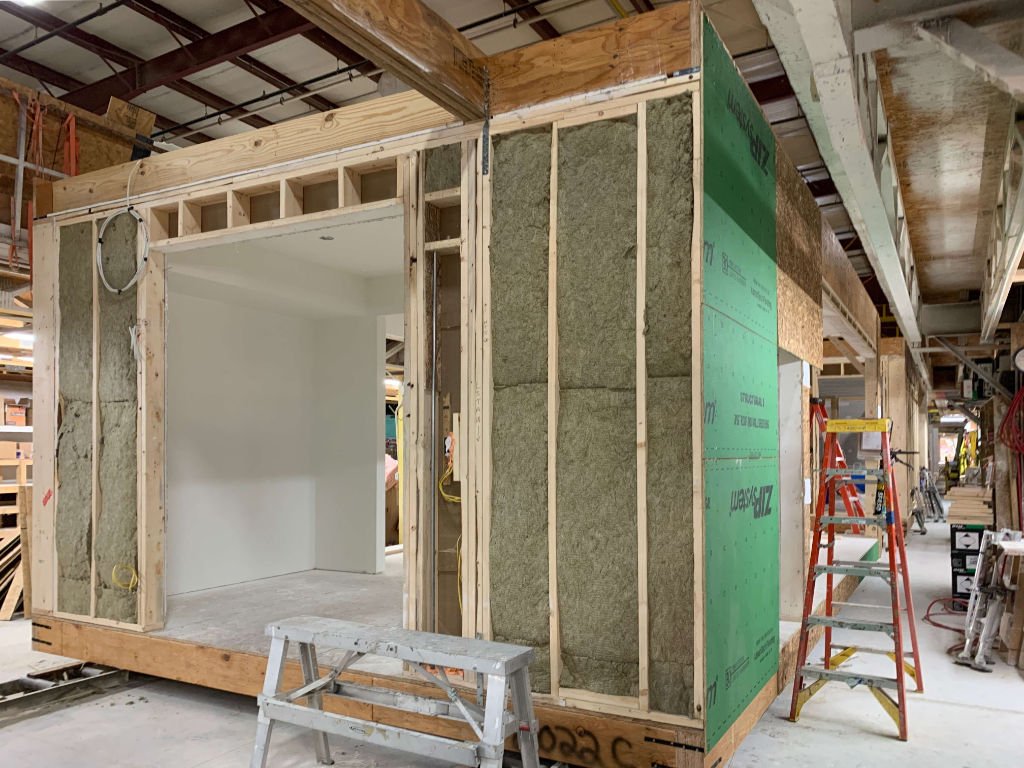Facing the reality of dwindling natural resources, we believe if you can build better, you must build better! In this pursuit we embrace the principles of passive design in our low-energy houses. With its architectural design meticulously crafted to maximize natural light and airflow, such homes not only create open living spaces but also enhance your overall quality of life.
Surprisingly, about 19 percent of Americans do not express a housing preference concerning health and environmental impacts. As climate laws and regulations become more stringent with housing in the U.S., how adaptable is your home to these changes?
What is a low-energy house?
A low-energy house is designed to significantly reduce energy consumption for heating, cooling, and overall maintenance, contributing to both environmental sustainability and cost savings. Several essential parameters play a crucial role in achieving this goal.
Airtightness
A well-sealed building envelope is the most important aspect of a low-energy home. Airtightness supports a healthy, comfortable and energy-efficient indoor environment. Blower door testing optimizes airtightness by locating unwanted gaps that allow your warm or cool air to escape. Fresh, filtered air is supplied where you need it with an energy/heat-recovery ventilation system. Built extraordinarily airtight to prevent heat loss, we use heat recovery ventilation systems for our homes to provide a continuous flow of fresh, filtered air. This advanced technology preheats incoming fresh air with the embodied air temperature of the exhaust air from the home.
However, it is important to note that a “well-sealed” building does not mean it would not need any ventilation; instead it indicates that air leakage has been minimized to the lowest possible level. Moisture can lead to mold growth and structural damage, so proper ventilation is essential for maintaining a healthy indoor environment.
Thermal envelope
If your house tends to become excessively hot in summer or very cold in winter, your house likely has poor thermal envelopes. The thermal envelope of a low-energy house is designed to minimize heat transfer between the interior and exterior environments. High-quality insulation materials, such as mineral wool or cellulose, are used to ensure that the building retains heat in the winter and stays cool in the summer.
evoDOMUS homes are built to an very high level of quality and sustainability. In our MOD+ wall system we use Roxul mineral wool insulation, plus a continuous layer of 1 ½ inch rigid foam insulation to provide R-33 comfort and to minimize thermal bridging.
Windows
Super energy-efficient windows and exterior sun-shading on critical orientations combine to support consistent indoor temperatures by limiting summer heat gain and inviting winter solar warmth. One of our most valued assets are our imported, European, triple-glazed high performance windows, which combine low-emissivity coatings, argon gas filled cavities, and thermally broken window frames to deliver exceptionally high insulation values. Their exceptionally high thermal ratings provide our homes with beautiful views, interior thermal comfort and the lowest possible energy usage.
Heat pumps
An optimized thermal envelope reduces your home’s energy consumption remarkably, resulting in low heating and cooling requirements. To meet these, we advocate for the use of air source heat pump technology. It is cost-effective and amazingly energy-efficient with the ability to pull heat from sub-zero temperates in the winter, while providing air-conditioning in the summer. We typically heat and cool our homes using air source heat pumps (mini-split units). Geothermal heat pumps are an option for larger homes in cold climate zones. Heating is provided by either ductless wall mounted (standard) or concealed and ducted (upgrade), highly-efficient mini-split heat pumps.
Solar panels
Incorporating a right-sized photovoltaic (PV) system into your home reduces reliance on the electrical grid. It also controls the effect of increasingly volatile utility expenses on your wallet by powering appliances, lighting and HVAC systems. Battery back-ups provide power when the sun does not shine and can often replace the need for generators!
While evoDOMUS homes are connected to the electric energy grid, an optional PV solar panel system can provide renewable energy to lower your electricity costs. It is even possible to achieve a net-zero energy balance, depending on the design, location and solar orientation of your home.
evoDOMUS Is Ready to Support You
Transitioning to low-energy housing may come with its challenges, but evoDOMUS is here to assist you every step of the way. At evoDOMUS, our focus is on constructing energy-efficient homes to minimize environmental impact. We incorporate these features into the design and construction of a home so our clients can enjoy a comfortable living environment while reducing their carbon footprint and energy costs.




